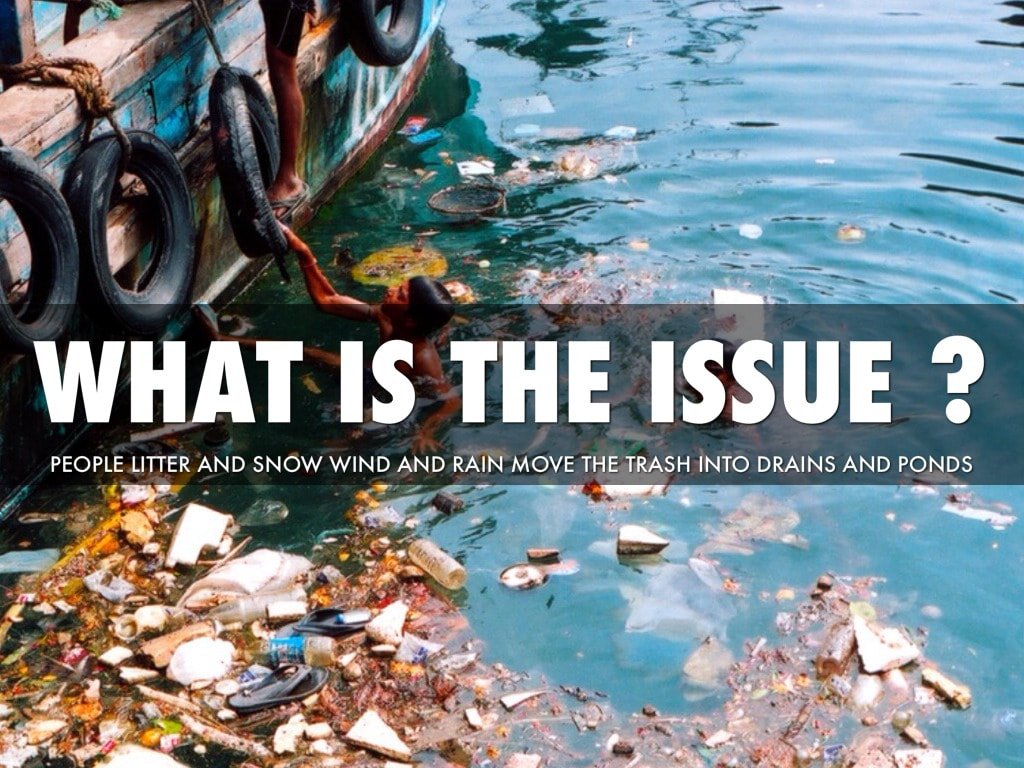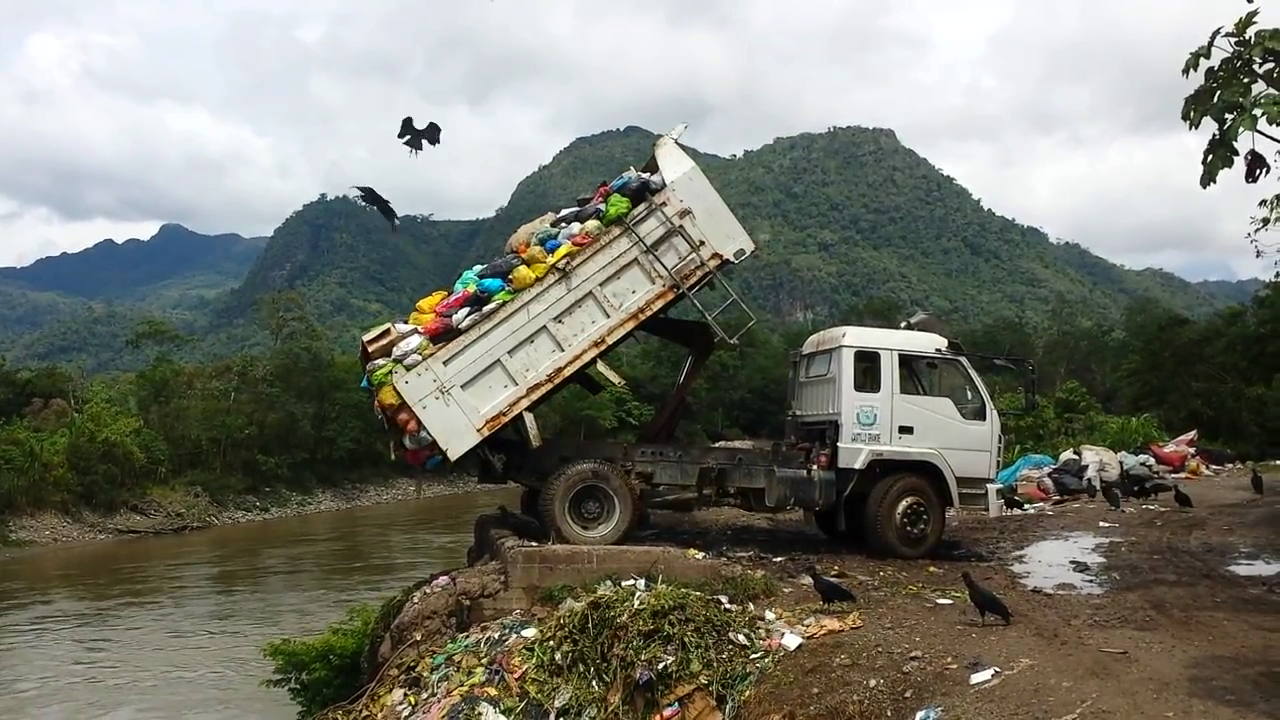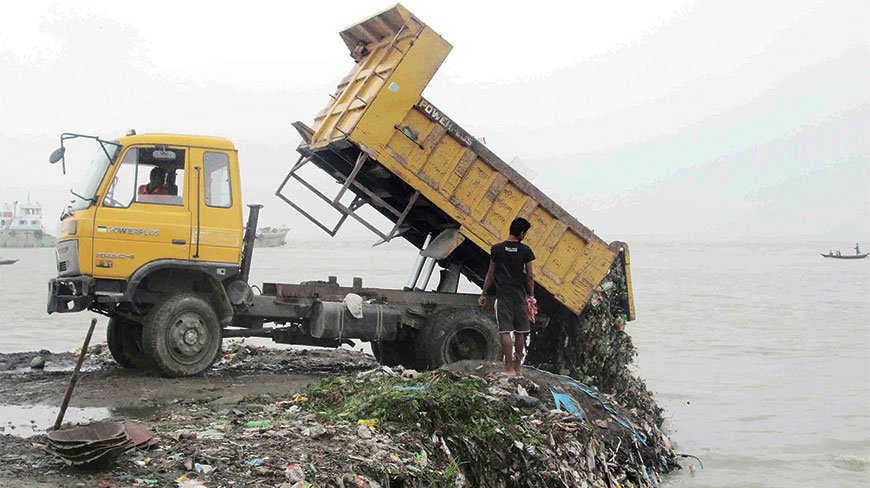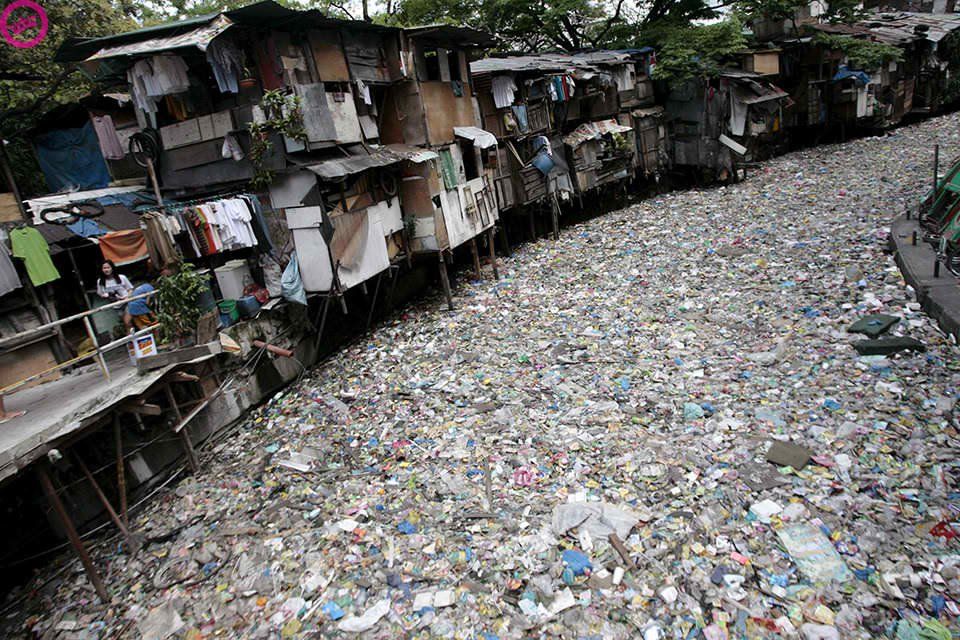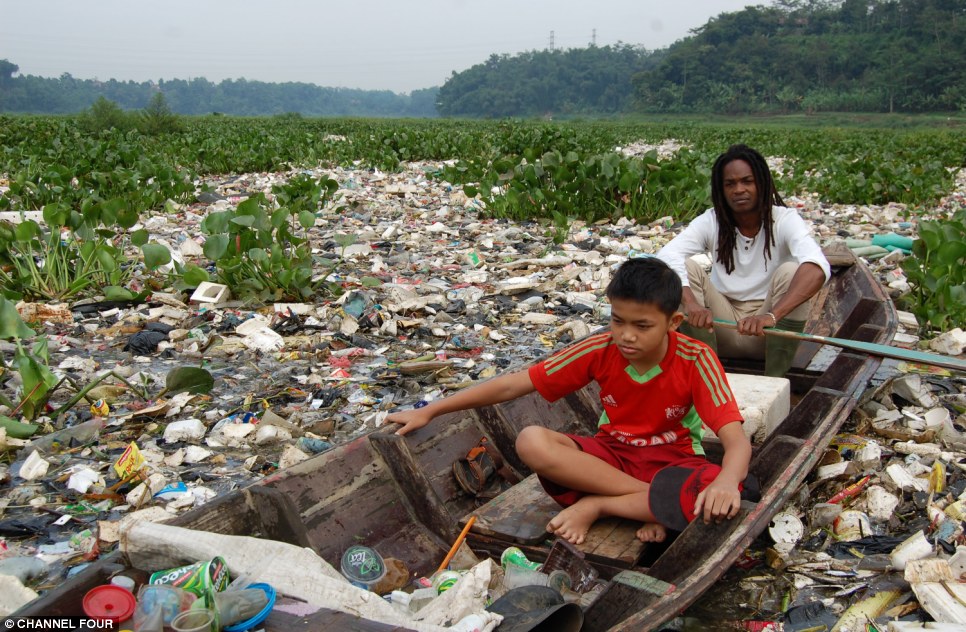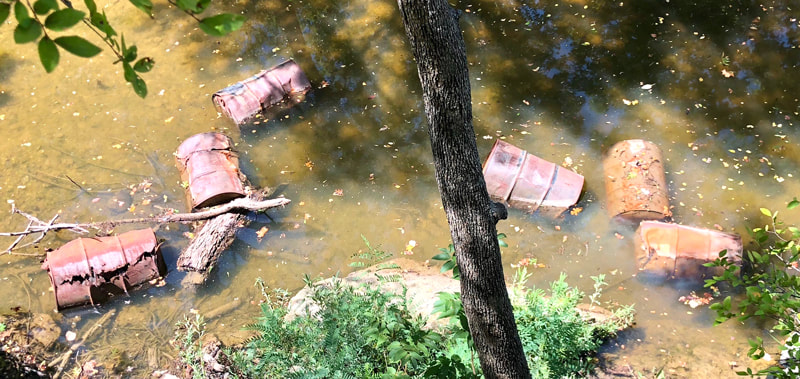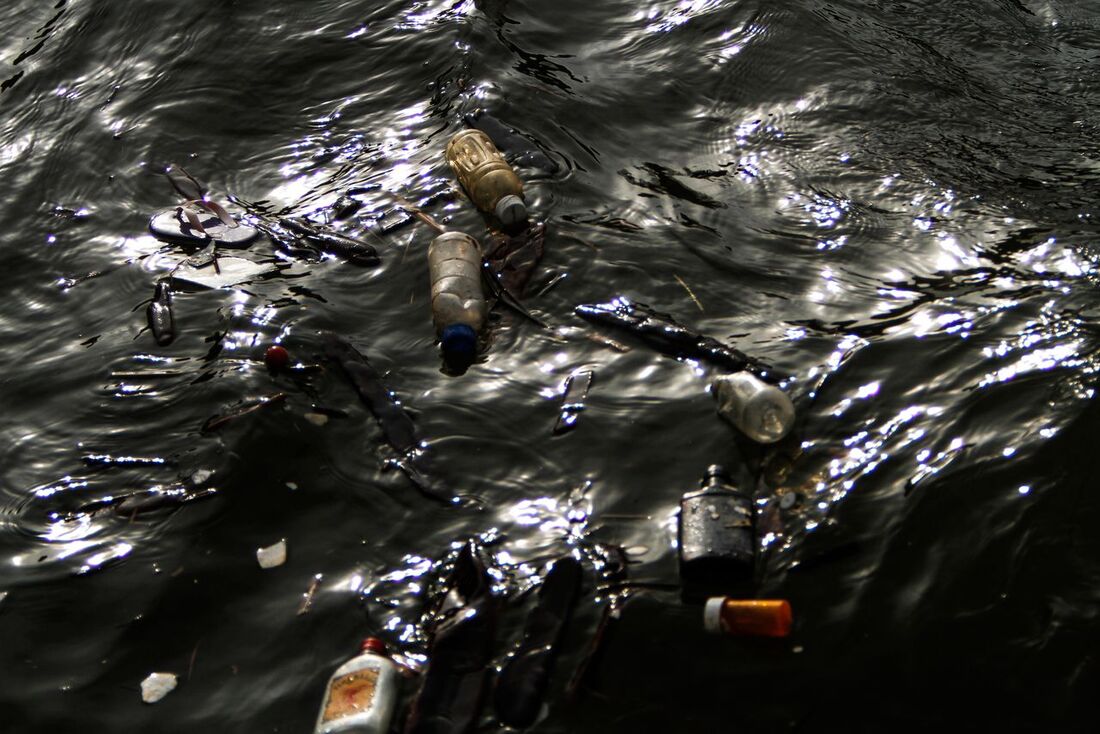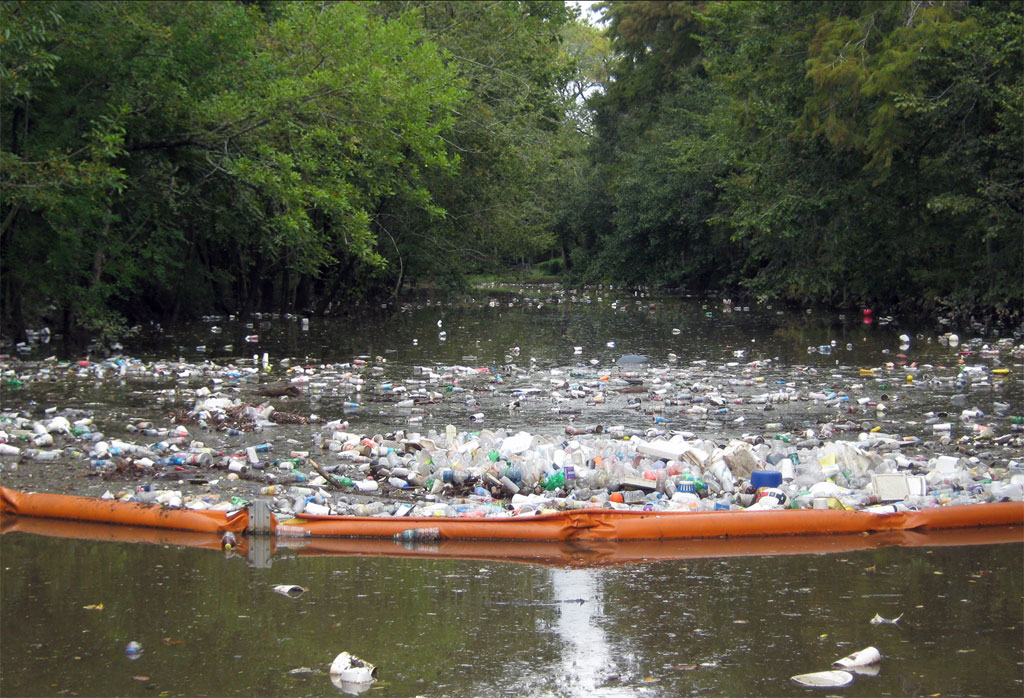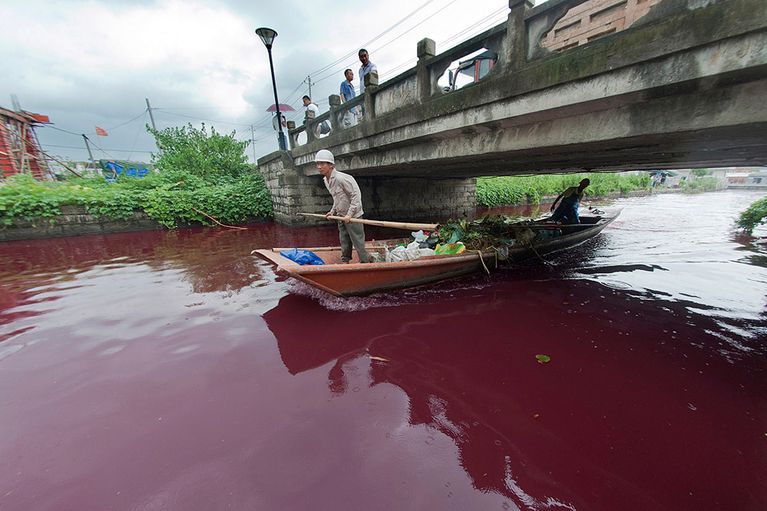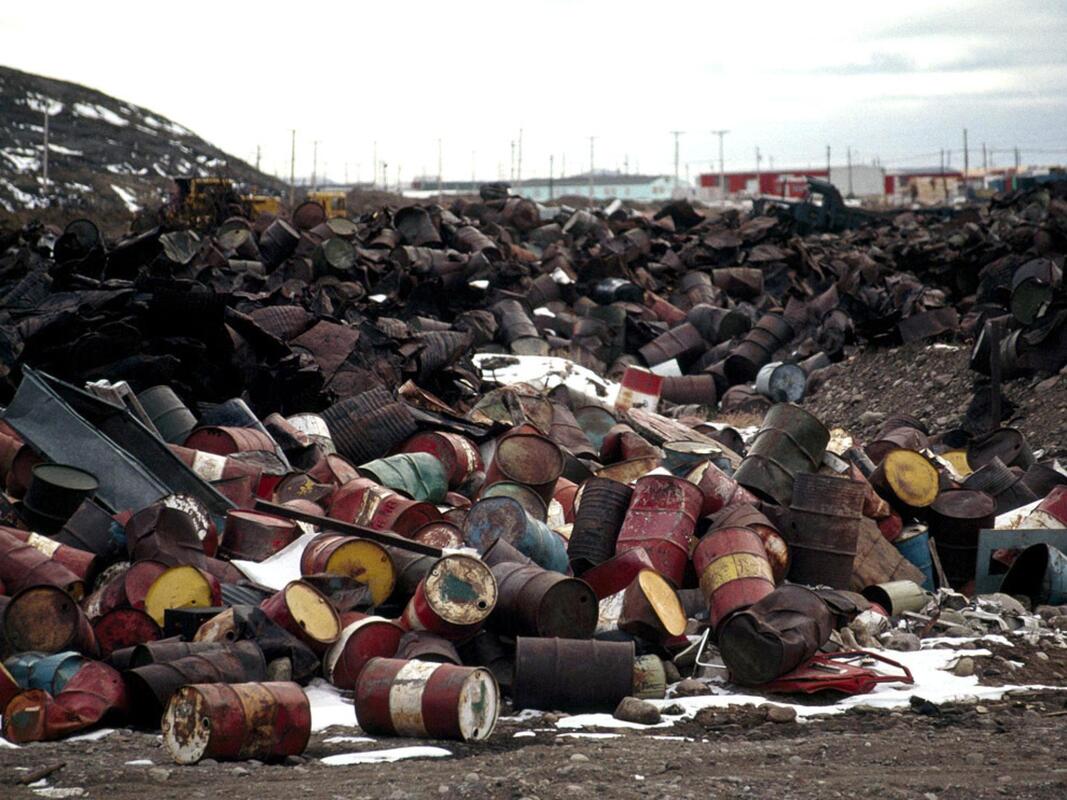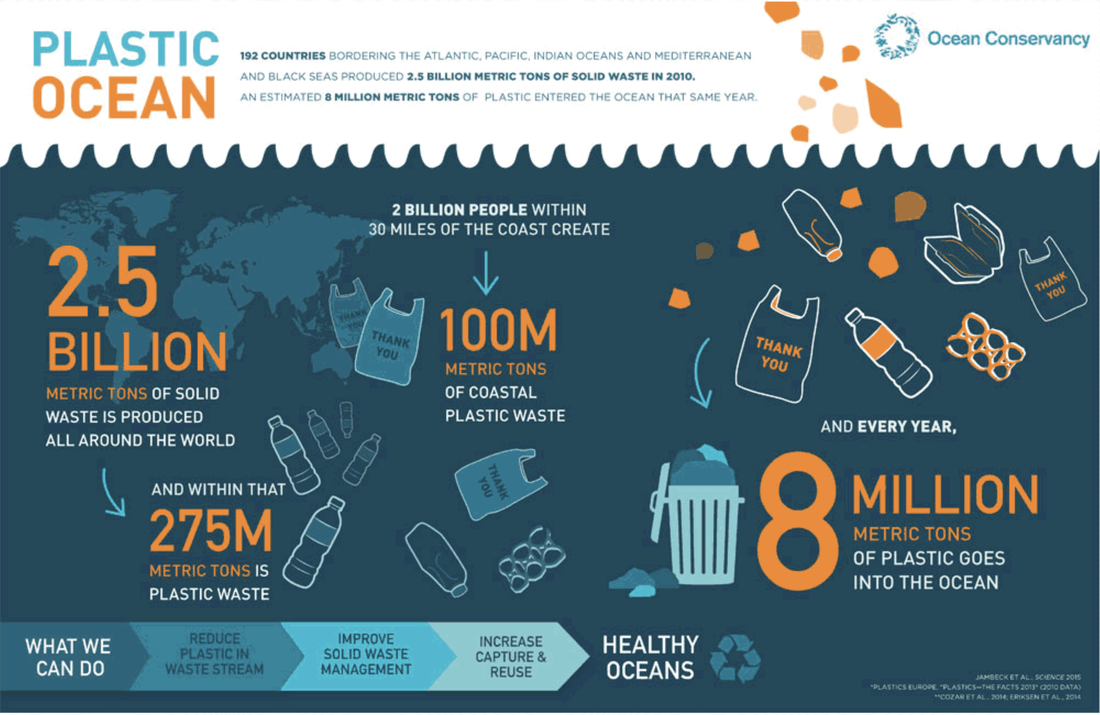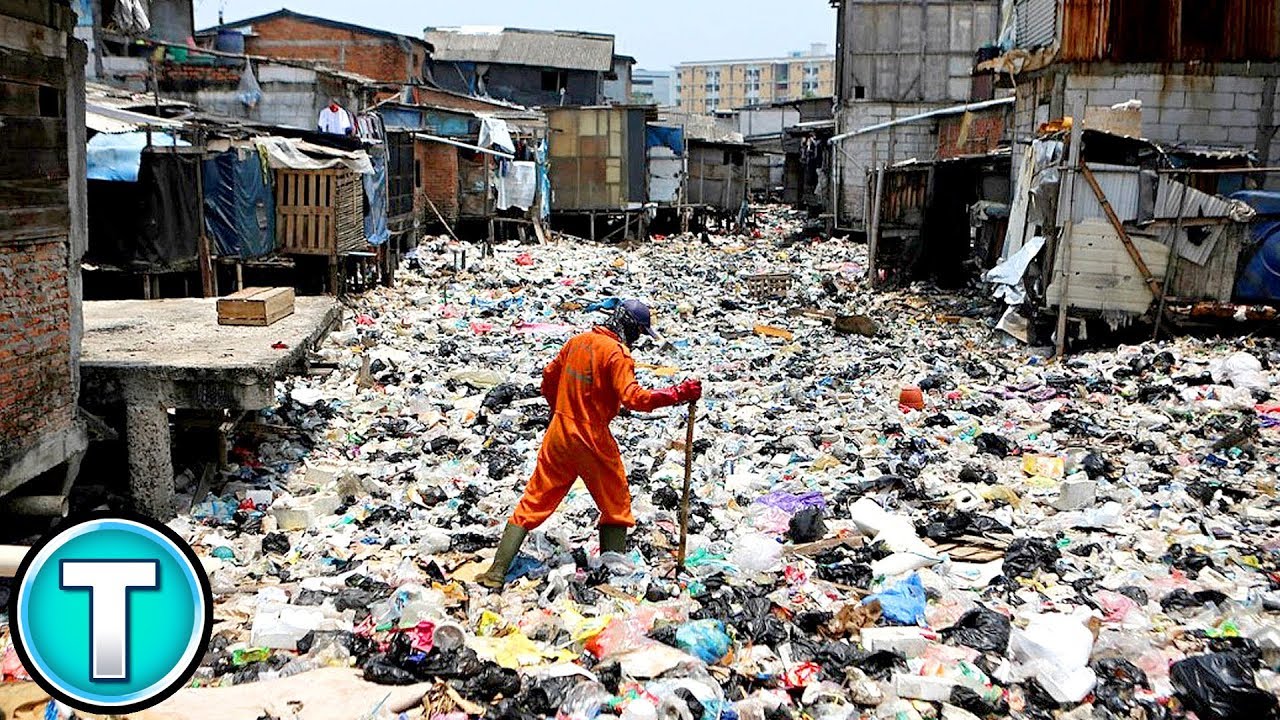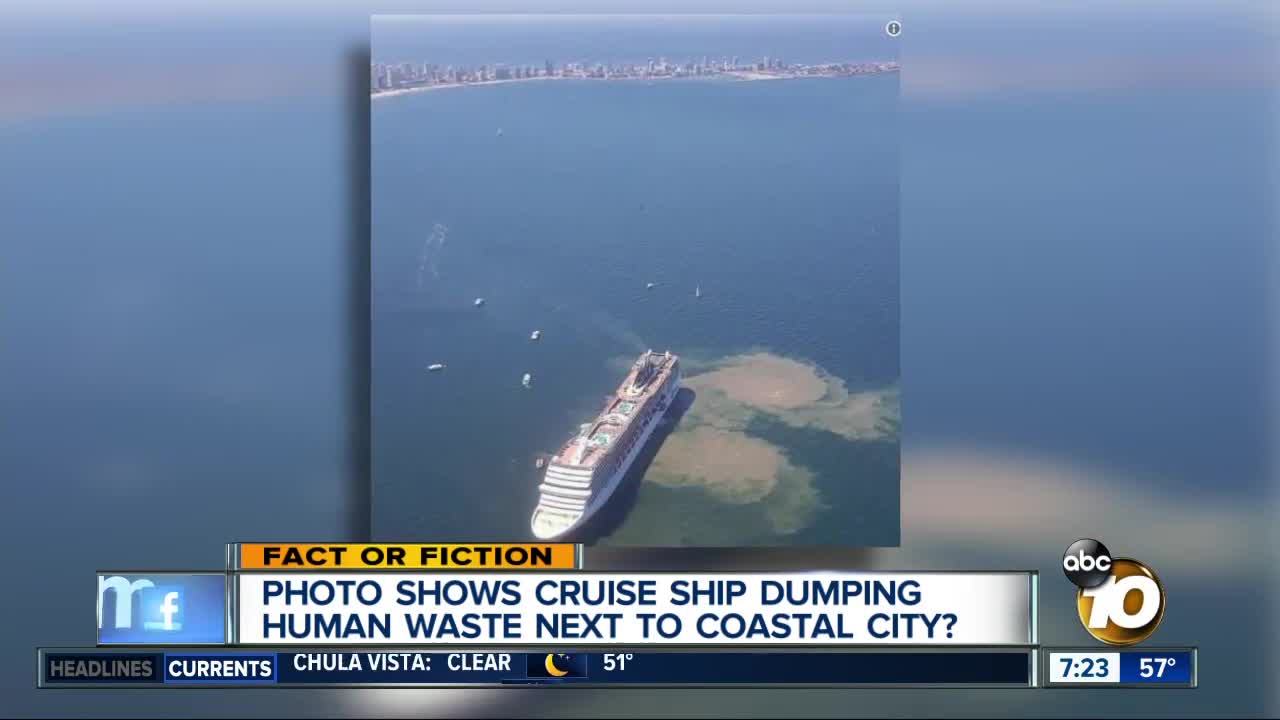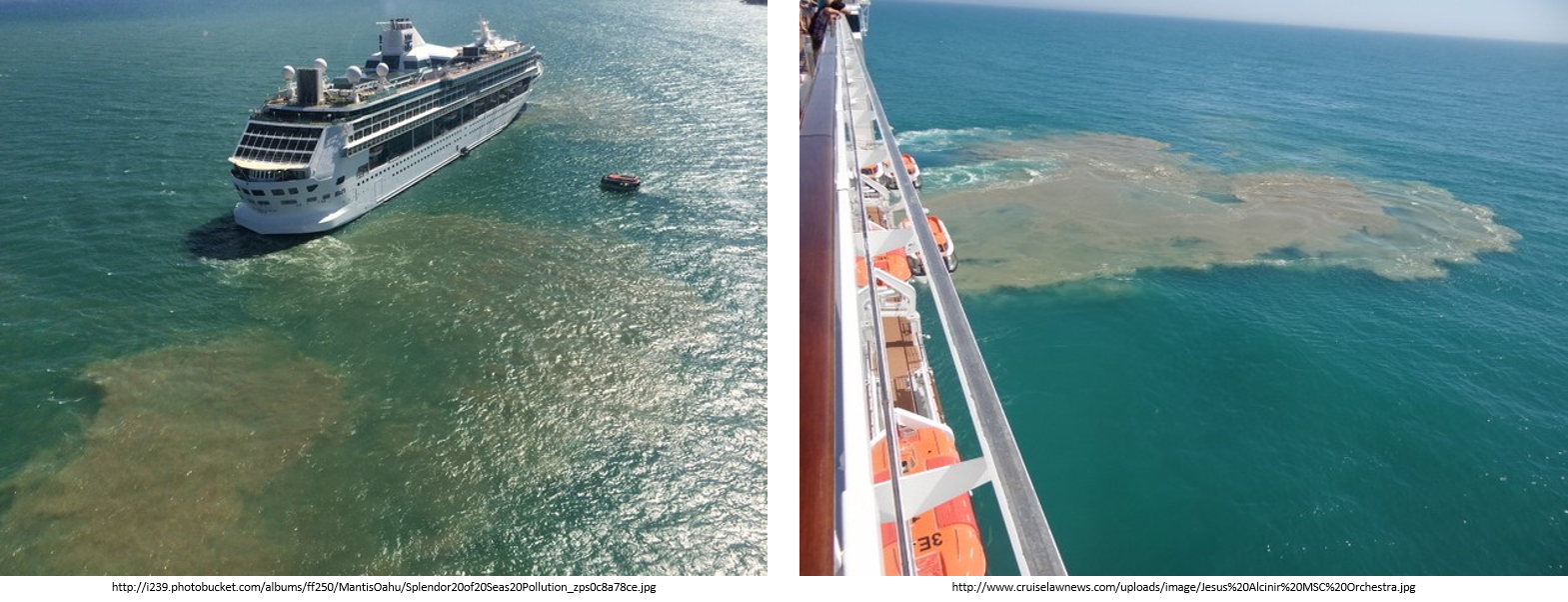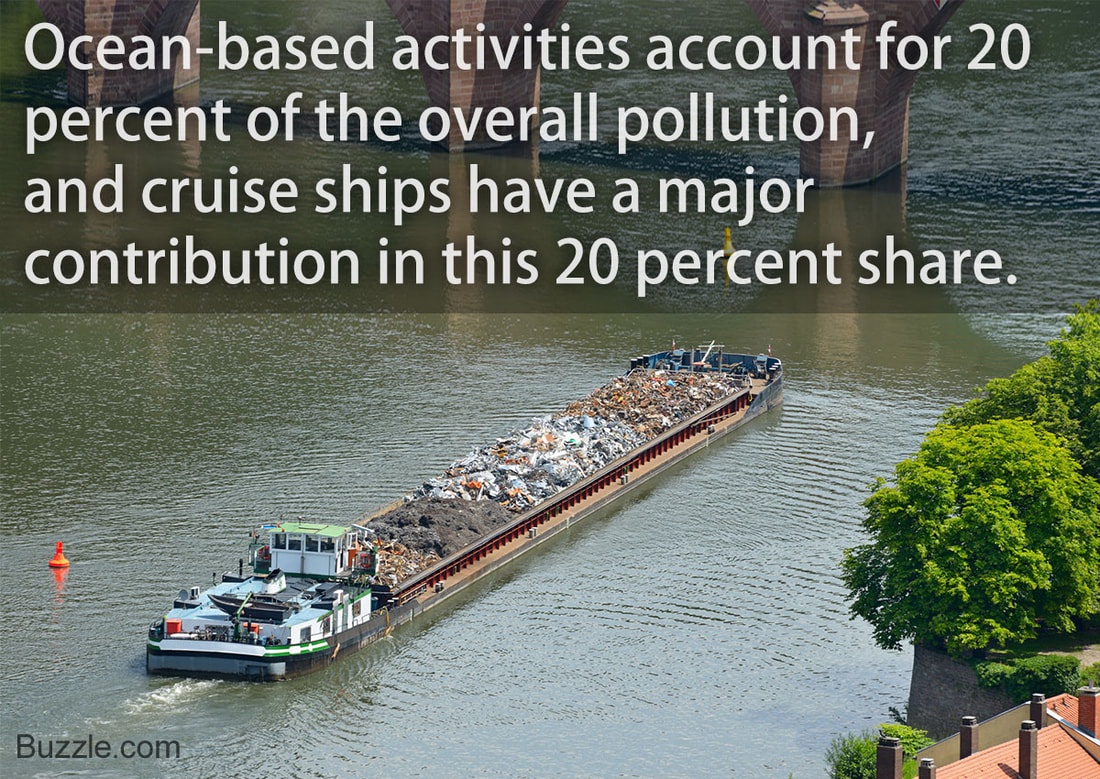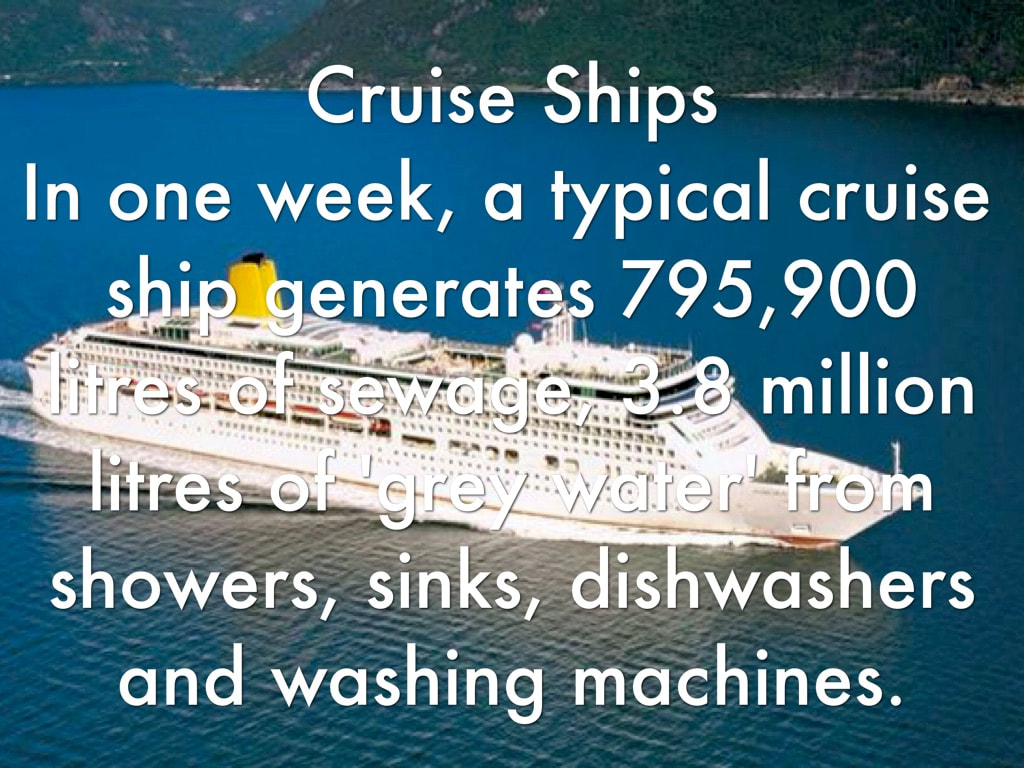26.10.19
How Does Illegal Dumping In Waterways Affect the Environment ?
The illegal dumping of both industrial and household waste has become a huge environmental problem over the past few decades, especially in poorer countries. Many poor countries have lax environmental protection laws and corrupt law enforcement. Due to this, many larger companies dispose of toxic waste directly into waterways or water bodies. If they are caught, they either pay off the officials, or pretend to clean up their act. In some third world countries you can still see blatant evidence of the practice in the form of individuals throwing their trash in rivers, and companies releasing highly toxic waste directly into the environment. Illegal dumping can adversely affect many native species of plants and animals. If animals consume waste from illegal dump sites it can cause health complications and even death. The toxins from waste can leach into the surrounding environment, killing plants and destroying the food source of local animals. Illegal dumping near waterways can cause oceanic pollution. In rural or remote areas in poorer countries, rubbish disposal facilities are often completely absent. This leaves two ways of disposing of trash: dumping it into the environment or burning it. Unfortunately, the most common disposal method involves throwing the garbage directly into a river or stream, from which it eventually makes its way to the ocean. This causes huge problems, from the death of marine mammals such as seals and dolphins to the creation of huge garbage patches such as the Great Pacific Garbage Patch.
Credit: WASTE ED
Credit: WASTE ED
Poverty deprives people of adequate education, health care and of life's most basic necessities- safe living conditions (including clean air and clean drinking water) and an adequate food supply. The developed (industrialized) countries today account for roughly 20 percent of the world's population but control about 80 percent of the world's wealth.
Poverty and pollution seem to operate in a vicious cycle that, so far, has been hard to break. Even in the developed nations, the gap between the rich and the poor is evident in their respective social and environmental conditions.
Poverty and pollution seem to operate in a vicious cycle that, so far, has been hard to break. Even in the developed nations, the gap between the rich and the poor is evident in their respective social and environmental conditions.
